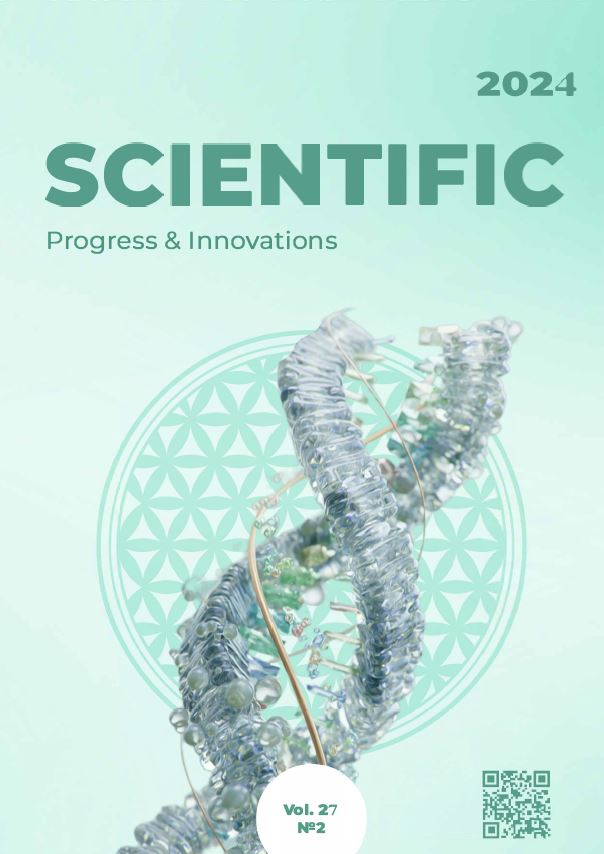Distribution of digestive tract nematodoses in dogs in the territory of the city of Kharkiv
DOI:
https://doi.org/10.31210/spi2024.27.02.20Keywords:
parasitology, nematodoses, dogs, spread, extensity of infestationAbstract
The study of the parasitofauna of small domestic animals is relevant both for veterinary specialists and for medical services in connection with the significant spread of invasive diseases, their ability to cause severe pathologies in carnivores and the danger of transmitting the invasion to humans. Being in close contact with humans, dogs are carriers of dangerous helminthiasis, they contaminate the environment with parasite eggs and pose a potential danger both to the owners themselves and to the environment. Therefore, epizootological monitoring of canine helminthiasis is a relevant area of research. The aim of the research was to establish the distribution of nematodoses of the digestive tract in dogs of different ages and breeds in the territory of the city of Kharkiv. The work was performed in the private veterinary clinic "Dovira" (Kharkiv) and at the Laboratory of the Department of Parasitology and Veterinary-Sanitary Examination of the Poltava State Agrarian University (Poltava). Parasitism of causative agents of toxocarosis, toxascarosis, trichurosis and strongyloidoses of the digestive organs has been established in dogs. In puppies up to 6 months of age, depending on the breed, the extent of infestation ranged from 25.7 to 48.2 %, from 6.9 to 23.1 %, from 15.8 to 24.1 %, and from 2.0 up to 22.6 %. In young dogs aged from 6 to 12 months, the indicators of their invasion by pathogens of toxocarosis, toxascarosis, trichurosis and strongyloidoses of the digestive organs were 9.2–33.3 %, 3.7–20.4%, 29.4–36.1 %, respectively and 3.7–36.1 %. In dogs aged 1 to 3 years, the extensity of infestation was 1.9–10.7 %, 2.7–15.5 %, 26.4–31.1 %, and 1.9–21.4 %, respectively, and in dogs aged 3 to 6 years – 0–5.1 %, 1.0–5.9 %, 14.3–17.6 % and 0–10.3 %. In dogs older than 6 years, the indicators of the extensity of invasion for toxocarosis, toxascarosis, trichurosis, and strongyloidoses of the digestive organs were 2.4–8.9 %, 0–4.8 %, 6.3–8.9 %, and 0.8–4.8 %, respectively. The obtained results expand the already existing data on the specifics of lesions of dogs of different ages and breeds by causative agents of nematodoses of the digestive tract, which will allow to increase the effectiveness of diagnostic and treatment-prophylactic measures.

 Creative Commons Attribution 4.0 International Licens
Creative Commons Attribution 4.0 International Licens